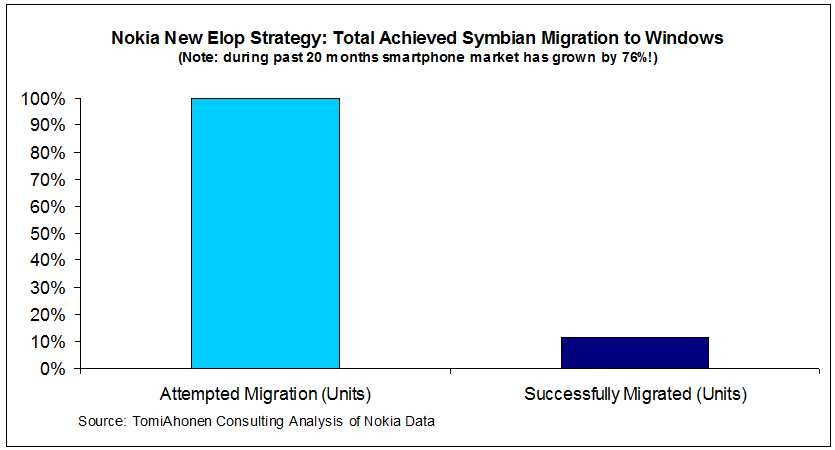Ah Yes Let’s Dismiss the Sharpe Ratio InvestorGeeks
Post on: 16 Март, 2015 No Comment

Ah, Yes Let’s Dismiss the Sharpe Ratio
Christian 15 March 2009 5,250 views One Comment
I write trading systems for a living and as such I think I have a grasp on the Sharpe Ratio and such. The Economist via Quantitative Trading has an article on the issue of trading and calculating returns using the Sharpe Ratio. A high Sharpe Ratio is one where there is low volatility.
Clients who use this ratio may end up flocking to a manager who earns a relatively modest return with very low volatility. Indeed, that was an important part of the appeal of the hedge-fund industry; it often did not match the stockmarket in the bull years but made up for it by outperforming during bear markets.
In theory, a focus on low volatility makes little sense for a pension fund or college endowment which has the luxury of taking the longer-term view. Like Warren Buffett, such funds should prefer a bumpy 15% return to a smooth 10%.
Let’s look a bit closer at the Sharpe Ratio and its calculation. Consider the following two return charts:
The blue line has a low Sharpe Ratio value because its volatility is very high. One day you are doing well, and another day not. Though overall you are supposed to be doing better. The red line is a high Sharpe ratio, and has less volatility.
What the Economist is saying that low volatility is not because of the following:
The issue is that if you opt to get little returns and solid returns then you could run into the situation where all of your gains are walloped like the following image.
In this example the valuation moved up slowly and consistently, but then one day from the next there was a bang and all of your gains were wiped out. Of course investors do not want this as it could take years to get your gains back.
The focus of the Sharpe Ratio is due to Madoff and how he was able to keep his returns consistent in such bad times. The answer was simple, and it was called a ponzi scheme. The economist is saying that because a fund manager wants to keep low volatility they will do things that might be counter productive.
So the question becomes is it right to question the Sharpe Ratio and instead desire volatility? Ernie Chan says something to the opposite:

Personally, I am more comfortable with strategies that do the opposite: those that seldom generate any returns, but always earn a large profit when financial catastrophes occur.
This is an interesting approach in that he would favour a returns chart as follows
This means for the most part the strategy is doing nothing and not generating returns, but when there is a movement, it is big and the trend is followed.
I look at this idea, and look at what the Economist says, and can’t but help think that the Economist is misguided. They are saying, “hey Sharpe Ratio uncool and the NEW trend is volatility!”
This is missing the fact that the Sharpe Ratio by itself is a single dimension calculation. It is just a number that says I can get good returns with low volatility. It does not say that I will always have stable returns. Remember that what happened in the past is not what is going to happen in the future. In statistics things work until they don’t.
For my own purposes I have created what I call a modified Sharpe Ratio. One that has the ability to include weighted factors. Consider the following diagram:














